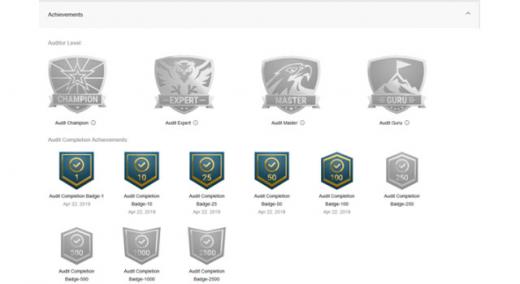When Deloitte wanted to get people excited about employee training, the company decided to adopt a gamification strategy for its online training portal. Using elements like achievement badges, missions, and leaderboards, they achieved a 37-percent increase in participation.
|
ADVERTISEMENT |
And when Ford Canada gamified its sales and service training, platform usage jumped a massive 417 percent, with big gains in engagement among younger employees.
Saying gamification makes work a game is an oversimplification. In reality, it’s all about leveraging proven psychological principles around our motivation to compete, encouraging habits and behavior that improve business performance.
These principles can also be used in manufacturing to increase engagement in audits, which are critical to quality but often suffer from low participation. Key gamification tools and techniques to consider include mobile apps, competitions, and recognition programs.
…

Add new comment